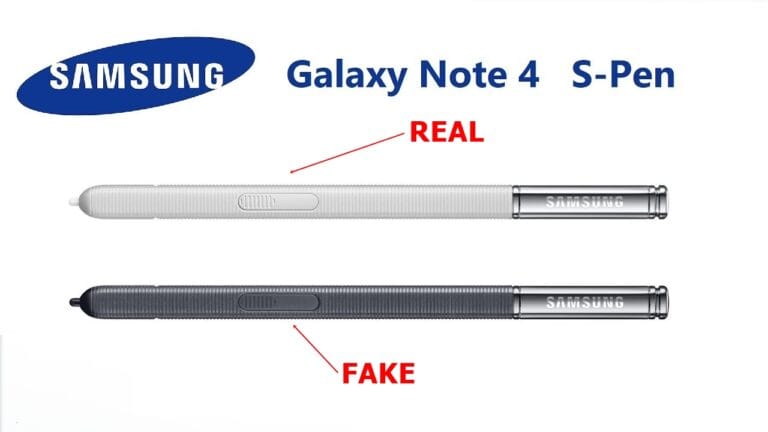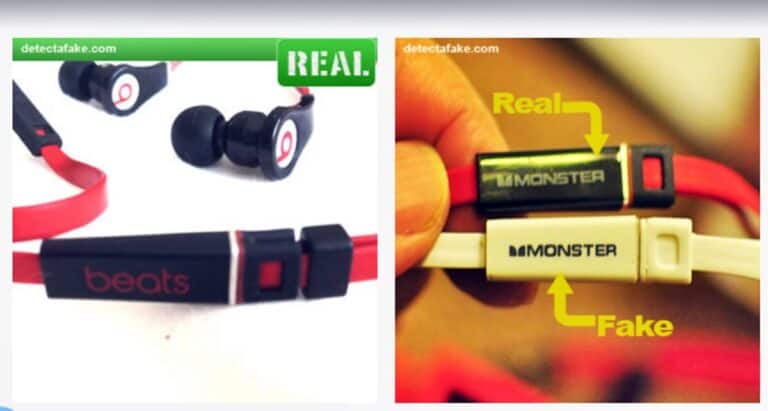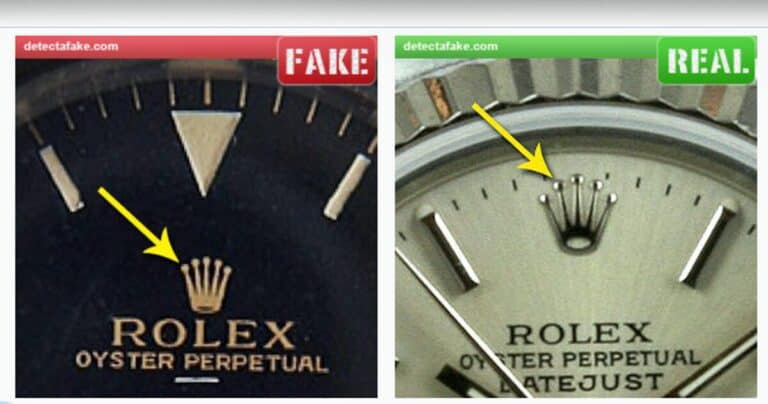How to detect fake Emerald Gemstones
| Step | Type of Emerald | Key Identifiers |
|---|---|---|
| 1 | Natural Emeralds | Visible inclusions: crystals, fractures, needles, fingerprints, growth tubes, liquid inclusions, two or three-phase inclusions |
| 2 | Hydrothermal Emeralds | Virtually flawless appearance |
| 3 | Flux-melt Emeralds | Harder to identify; look for tiny flaws, irregular patterns, and perform the “Breath Test” |
| 4 | Quick Test | The “Breath Test” – an efficient heat conductor, real emeralds evaporate fog quickly |
How to detect fake Emerald Gemstones: Welcome to the world of Emerald Gemstones, where authenticity is as precious as the gems themselves. In this guide, we’ll unravel the complexities surrounding natural and synthetic emeralds. Understanding the nuances can make a significant difference, especially when acquiring these exquisite gemstones.
Natural Emeralds: Imperfections as Indicators

In Step 1, we observe natural emeralds with eye-visible inclusions, such as crystals, fractures, and growth tubes. The rarity of eye-clean emeralds adds value, as inclusions are generally accepted. To verify authenticity, watch for tiny flaws and irregular patterns, particularly on the gemstone’s backside.
Example: Imagine a natural emerald with small, natural holes, or tiny deep lines—a telltale sign of its authenticity.
Hydrothermal Emeralds: Virtually Flawless, Easily Identified

Moving to Step 2, we encounter hydrothermal emeralds. These synthetic gems boast a flawless appearance, making them easily distinguishable from their natural counterparts.
Example: Picture hydrothermal emeralds with their pristine perfection, an immediate giveaway of their synthetic nature.
Flux-melt Emeralds: A Deeper Dive
Step 3 introduces flux-melt emeralds, a synthetic variant posing a greater challenge for identification. Look for irregular patterns and conduct a simple “Breath Test” for a preliminary assessment.
Example: Imagine examining an emerald, scrutinizing it for tiny flaws, or performing the “Breath Test” to gauge its authenticity.
The “Breath Test”: Authenticity with Simplicity
In Step 4, we explore the “Breath Test” as a quick and low-tech method. Authentic emeralds, efficient heat conductors, rapidly evaporate fog upon breathing.
Example: Envision a scenario where a breath test swiftly distinguishes a genuine emerald from a potential fake, validating its authenticity.
Frequently Asked Questions
1. Can synthetic emeralds perfectly mimic natural flaws?
While synthetic emeralds aim to replicate natural features, certain flaws or irregularities may still differ upon close inspection.
2. How reliable is the “Breath Test” for authenticity?
The “Breath Test” serves as a quick initial check. However, for absolute certainty, professional examination is recommended.
3. Are there other advanced methods for identifying synthetic emeralds?
Gem laboratories use advanced techniques like spectroscopy and microscopy for precise identification, ensuring accuracy.
4. Can natural emeralds be enhanced for clarity?
Yes, natural emeralds can undergo treatments like oiling to enhance clarity. Synthetic emeralds, however, don’t show clarity changes with such treatments.
5. Are there reputable sources to buy authentic emeralds?
Established jewelers and certified gemstone dealers are trustworthy sources. Always inquire about certification to ensure authenticity.
Conclusion
As you navigate the world of Emerald Gemstones, armed with knowledge, the distinction between natural and synthetic becomes clearer. Whether examining flaws, performing simple tests, or seeking professional guidance, ensuring authenticity adds immeasurable value to these captivating gemstones.

How can I tell if my S Pen is a real Samsung S Pen and not a fake?


An Agreement to Include Generative AI in iPhones Is Being Discussed Between Apple and Google

Keep quiet! Please remain silent when receiving the Mega Millions jackpot. Now, complete this.


Looking for a job in the US? Move to These Cities where Employment is Booming

Samsung Ballie, its Pokemon Style home robot, Announced with a few upgrades at CES 2024

Apple Vision Pro: company’s stock surged on Monday, marking its first day gain of 2024 shares.

Stress Less and Earn More: These are the low-stress occupations for you in 2024

How to detect fake BOSE Headphones | How to Spot a Fake Bose Headphone

How to detect fake Beats by Dr Dre Earbuds | 4 Ways to Tell if Beats Are Fake

How to detect fake 50 dollar Bills | How to Detect Counterfeit US Money


How to detect fake Samsung Galaxy S5 | How to recognize a real Samsung Galaxy S5

How to detect fake Samsung Galaxy Note 4 | How to recognize a real Samsung Galaxy Note 4


How to detect fake Apple iPhone 6 & 6s | Fake iPhone 6S- How To Identify?

How to detect fake Rolex Watches | 14 Simple Ways to Spot a Fake Rolex Watch

How to detect fake Tag Heuer Carrera Calibre 1 | How to Check the Authenticity of Tag Heuer Watches

How to detect fake Tag Heuer Carrera 16 | How to Spot a Fake TAG Heuer Watch

